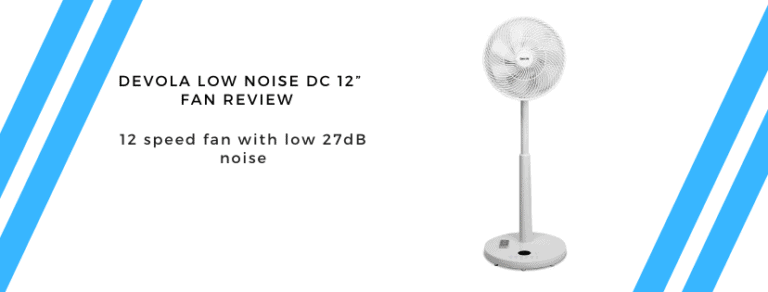Any links to online stores should be assumed to be affiliates. The company or PR agency provides all or most review samples. They have no control over my content, and I provide my honest opinion.
The ARM Cortex-A715 is a second generation ARMv9 “big” Cortex CPU that is used in the latest MediaTek Dimensity 8300 system on a chip. This article explores the difference with the Arm Cortex A78 CPU that was used on all the previous Dimensity 8000 series chipsets, including the preceding Dimensity 8200 that was used on the Xiaomi 13T.
The ARM Cortex-A715: An Overview

ARM’s introduction of the Cortex-A715 signifies a leap forward in their quest for more power-efficient and performance-driven processors. The A715 is designed primarily for mobile devices, offering a blend of high performance and energy efficiency. This balance is critical in today’s smartphone and tablet market, where consumers demand fast, responsive devices that don’t compromise on battery life.
Key Differences Between Cortex-A715 and Cortex-A78
1. Architecture and Design Efficiency
- Cortex-A715: This microarchitecture is based on ARMv9-A, a step forward from the ARMv8-A architecture used in the A78. The ARMv9-A architecture brings enhancements in areas like security and machine learning, catering to modern computational demands.
- Cortex-A78: While the A78 is a robust performer, its ARMv8-A architecture does not encompass the latest advancements in security and AI acceleration present in the ARMv9-A.
2. Performance Improvements
- Cortex-A715: ARM claims that the A715 delivers up to 5% better performance than the A78. This improvement, though modest, is significant when considering the enhanced power efficiency.
- Cortex-A78: The Cortex-A78 is already a high-performing CPU, but it falls slightly behind the A715 in terms of raw performance gains.
3. Energy Efficiency
- Cortex-A715: The A715 boasts an impressive 20% improvement in energy efficiency over the A78. This leap is a cornerstone in ARM’s strategy, prioritizing energy efficiency to extend battery life in devices.
- Cortex-A78: While the A78 is energy-efficient, it doesn’t quite reach the levels of the A715, particularly in sustaining performance under prolonged use.
4. Machine Learning and AI Capabilities
- Cortex-A715: With the ARMv9-A architecture, the A715 is better equipped to handle machine learning and AI tasks, crucial for modern applications like voice recognition and computational photography.
- Cortex-A78: The A78, though capable, is not as optimized for AI and machine learning tasks as its successor.
5. Thermal Management
- Cortex-A715: Enhanced energy efficiency translates to better thermal management, allowing the A715 to maintain peak performance without significant heat generation.
- Cortex-A78: The A78, while not particularly prone to overheating, may not manage heat as effectively as the A715 under intense workloads.
Practical Implications in Consumer Technology
For consumers, the improvements in the Cortex-A715 translate to tangible benefits. Devices powered by the A715 can expect longer battery life, improved performance in everyday tasks, and enhanced capabilities in handling AI-driven applications. These factors are particularly appealing to users who rely on their devices for a range of activities, from simple web browsing to more demanding tasks like gaming or content creation.
Conclusion
The ARM Cortex-A715 stands as a testament to ARM’s commitment to evolving mobile processor technology. By focusing on energy efficiency and performance, ARM addresses the key demands of the modern consumer technology market. While the improvements over the Cortex-A78 might seem incremental, they represent a significant step in the right direction, aligning with the ever-growing computational demands and energy consciousness of today’s consumers. As ARM continues to innovate, we can anticipate even more sophisticated and efficient processors in the future, driving the mobile technology landscape towards new horizons.
I am James, a UK-based tech enthusiast and the Editor and Owner of Mighty Gadget, which I’ve proudly run since 2007. Passionate about all things technology, my expertise spans from computers and networking to mobile, wearables, and smart home devices.
As a fitness fanatic who loves running and cycling, I also have a keen interest in fitness-related technology, and I take every opportunity to cover this niche on my blog. My diverse interests allow me to bring a unique perspective to tech blogging, merging lifestyle, fitness, and the latest tech trends.
In my academic pursuits, I earned a BSc in Information Systems Design from UCLAN, before advancing my learning with a Master’s Degree in Computing. This advanced study also included Cisco CCNA accreditation, further demonstrating my commitment to understanding and staying ahead of the technology curve.
I’m proud to share that Vuelio has consistently ranked Mighty Gadget as one of the top technology blogs in the UK. With my dedication to technology and drive to share my insights, I aim to continue providing my readers with engaging and informative content.







